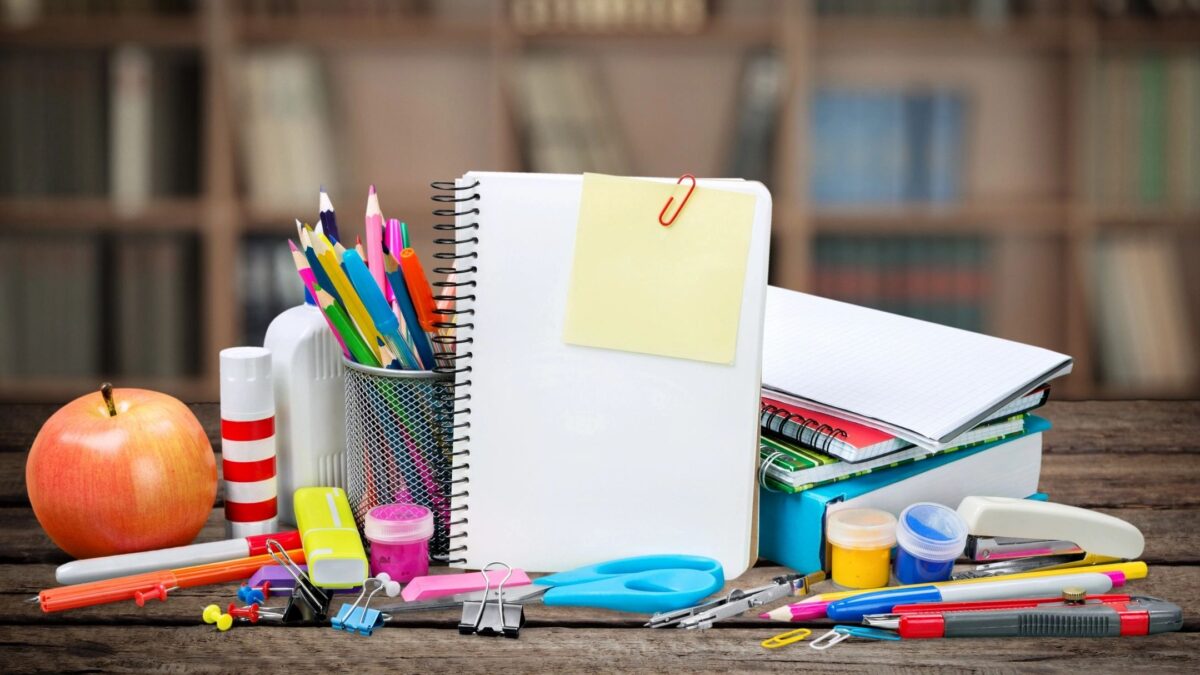
Anybody that attempts to teach their children anything in a home environment can always find themselves up against a multitude of obstacles. It’s not an easy thing to do at any age, and whether you are just trying to help your child get a better start in life by teaching them some skills, or you are a foster parent that is trying to build a bond, the fact is that teaching your child at home is one of those things that requires so many levels of preparation, in your space and in yourself. So let’s show you some key principles to give yourself structure.
A Flexible Learning Space
Anybody that is trying to teach in a home environment can find themselves trying to recreate some sort of classroom environment. It doesn’t necessarily have to be the case, but while you need to maintain some sense of structure, the location can be a flexible environment. It may benefit you to work at home, but sometimes you have the benefit of venturing out. The environment can do a lot in how your child learns.
Different learning environments can provide a variety of choices in terms of how your child is going to learn, but also the level of enjoyment they will get from switching it up. If you are reading passages from long, potentially boring pieces of literature, you can benefit from bringing it to life in a different environment. This can also link with how your child learns information. Because if they are not engaging with the source material, it’s not going to stick in their heads.
When students can alter the space based on their work, they are more engaged and will be more productive.
Check In With Them
Many children have gone from an educational environment to homeschooling for a number of reasons. Some children find themselves unable to deal with the school system, either due to bullying or the fact that it doesn’t meet their needs in an emotional sense. You have the benefit of helping your child increase their level of well-being and connection. In fact, these are vital to them learning more effectively.
If your child is upset or they don’t feel like they fit in a school environment, they will not be an effective learner. Teaching a child at home means that you have the benefit of checking in with them. It is something that younger children are getting the benefit of in certain parts of education, especially in elementary schools. However, it is impossible for teachers to physically check in with dozens upon dozens of children.
If you are doing a one-to-one session with your child at home, you’ll have the opportunity to check in and see how they feel. What’s more, you can continue this throughout the day. When you start to get a clearer picture of how your child is feeling, you can tailor the learning accordingly.
Find the Right Rhythm
Teaching our children at home means we have the benefits of playing fast and loose with traditional school structures. Understanding the best rhythm that works for your child can make a big difference to their quality of learning. Some people are naturally morning people (larks) and others are night owls who will perform better later on in the day. Therefore, you can consider customizing the schedule according to your child, also known as differentiation.
When you start to figure out what type of day they are best at learning, you can then tailor the structure accordingly. That’s not to say you should only strike when they are learning at their best, but you need to schedule certain aspects of learning throughout the day to suit their temperament at the time.
If they thrive better later in the day, this would mean more heavy-duty learning like analytical tasks or language.
Your child is going to perform better with certain subjects than others. There are some who just get math right off the bat, but others do not tend to fare well, which is why the following might also be useful.
Identifying Your Child’s Learning Style
One of the biggest problems we have as parents is trying to teach our children when we don’t have a solid grasp of how they learn. There are three main types of learning: auditory, visual, and kinaesthetic. Auditory learners are more drawn to sounds and may show traits of being interested in music or verbal abilities. Visual learners have an interest in art and have a vivid imagination. Kinaesthetic learners are more physical and prefer physical activities or may use their hands more when speaking.
When you start to gain an insight into learning styles, you can tailor your material accordingly. While your child may exhibit different types of learning styles, you can alter your teaching accordingly based on their sense of well-being. This means you are going to fare better in terms of their overall engagement with the subject matter.
Consolidate Learning Methods
One of the biggest mistakes in teaching is thinking that we just need to help our children retain the information. The fact is that effective learning doesn’t just involve retention, but retrieving information and getting more meaning from it. The solution to helping our children learn something more effectively is, very simply, to test more.
Testing is something we all dreaded in school, but this is the perfect opportunity to desensitize your child to the process of learning by having regular testing. This doesn’t just mean that they have to constantly cram the night before, but after a while, the testing regularity means they simply get used to this environment.
Everybody can feel a sense of dread about an impending exam. This is why it’s the perfect opportunity for you to inoculate your child to testing, but also recognize how they can learn the information better.
There is a fantastic resource that you can find here that covers a variety of ways to learn information, including the next component.
Allowing Breaks
The most important part of learning information is allowing it to settle into your brain. A school environment, where you are being forced to learn for up to 7 hours a day, is incredibly overwhelming. The latest science shows that breaks are important to allow people to process information more effectively.
Depending on the age of your child, you may want to break up lessons into manageable chunks, perhaps every 20 to 30 minutes to maintain their focus and energy. It’s also important to remember that we all need time to decompress and let the information solidify.
Science shows that information does not become embedded in the connections of your brain until the second sleep after you’ve learned something. Therefore, encouraging rest on a regular basis is crucial.
We now know more about sleep and how it helps to consolidate information and rather than thinking we need to stick to the old school method of school structure, you can play around with it and encourage breaks.
Ensuring that your child gets a head start in life is important. A lot of people believe that homeschooling is not a productive approach and they think it shelters children from the realities of the world, but you have a far better opportunity to excel beyond what the teachers actually did with your child. Some of these guiding principles can not just help your child to learn better in a home environment, but they can give them the start in life that they were never given in a traditional educational setting.
















